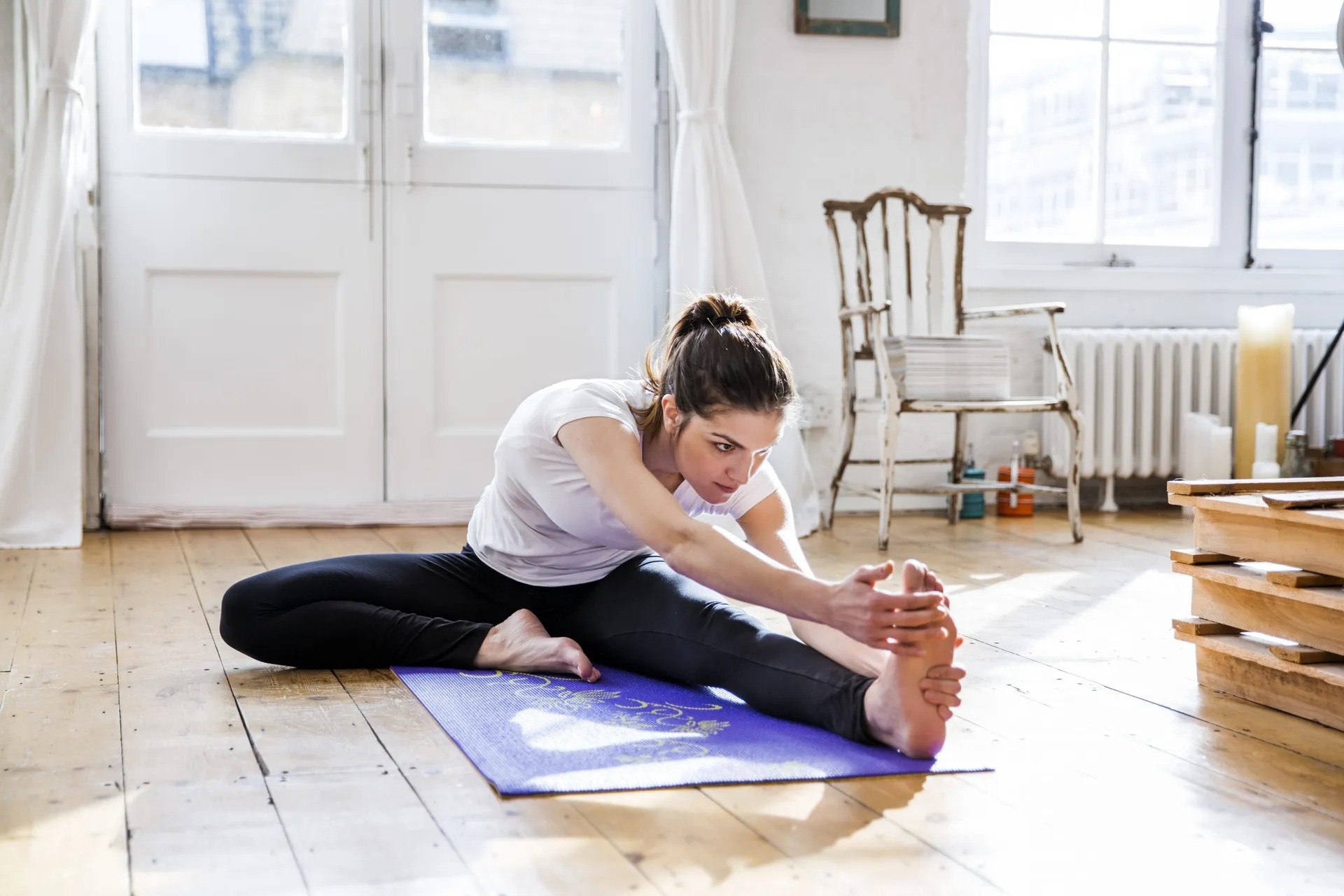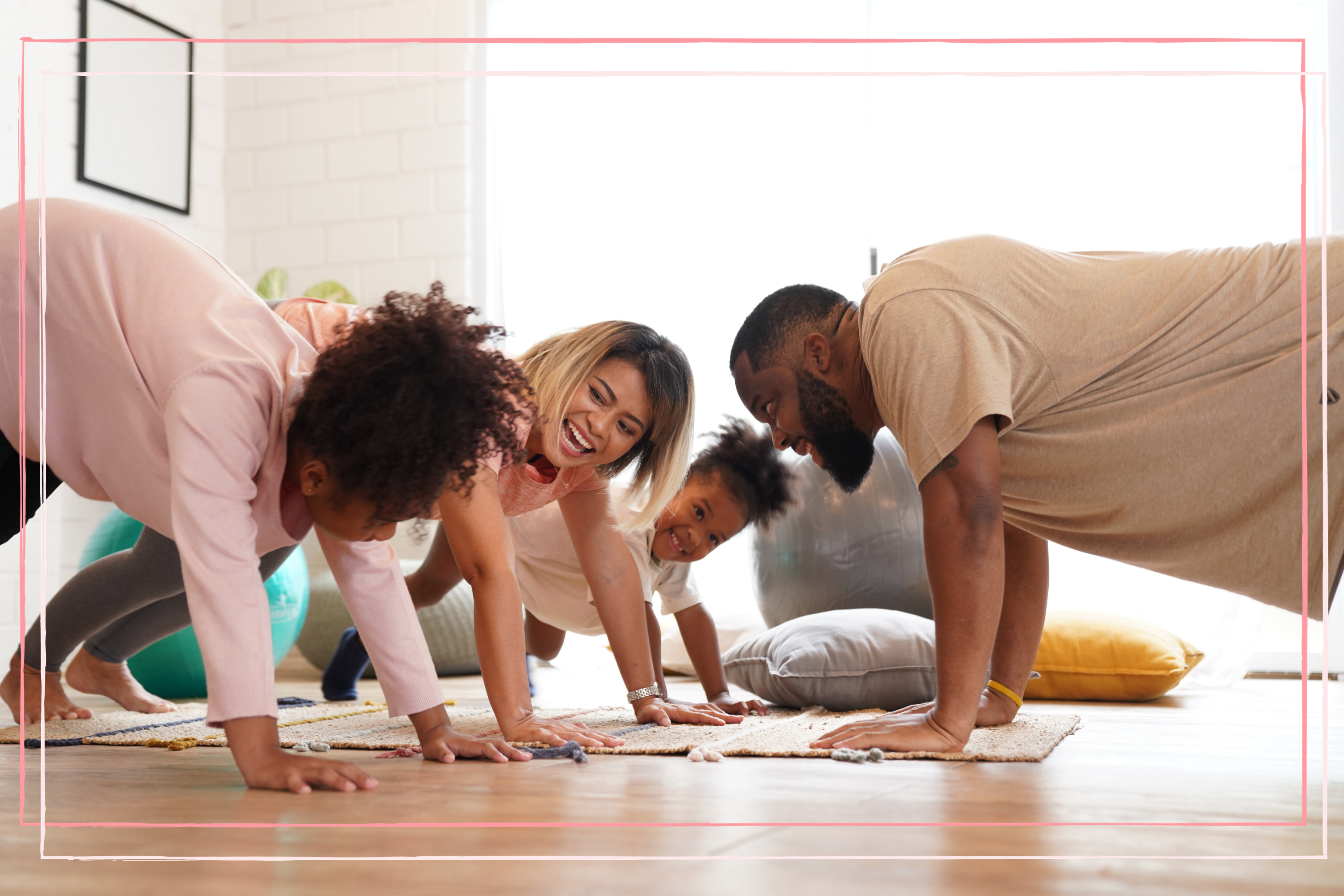The best 15-minute workouts for busy mums
Short, varied workouts to improve your strength and fitness
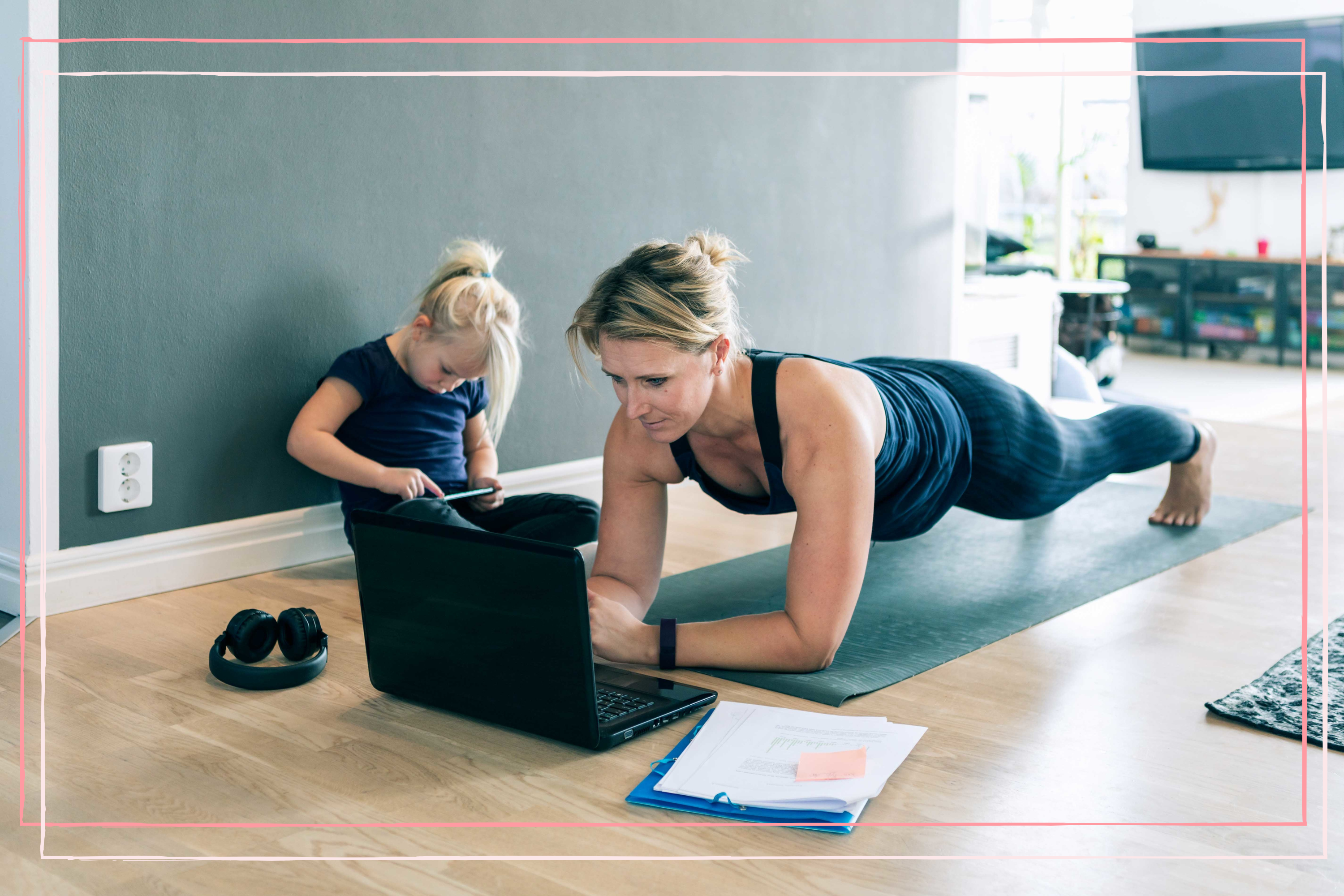

Don't have hours to spend in the gym? These 15-minute workouts are a time-efficient way to boost your fitness, strength, wellbeing, and balance.
Carving out time for yourself as a busy mum could be the best act of self-care you can do, whether it's doing a HIIT workout from home or embarking on the Couch to 5k programme if you're up for a challenge. Short workouts are easy to incorporate into your daily routine and only take a small amount of time to do, making them great for beginners. HIIT (high-intensity interval training) workouts, in particular, are an efficient way to burn fat and improve your aerobic capacity or in other words, your body's ability to take in, transport and utilise oxygen during exercise.
Short workouts, such as HIIT, has even been proven to improve mood and decrease feelings of depression and anxiety, as per a study by Hacettepe University and Beijing Sport University. "You can combine this with a strength training workout if you're short on time, which is perfect for busy mums," says Penny Weston, a fitness expert and founder of wellness platform MADE. She recommends doing 10-15 minutes of high-intensity cardio intervals after lifting weights, so give one of these workouts a go – you won't regret it.
The 15-minute workouts
To increase your fitness
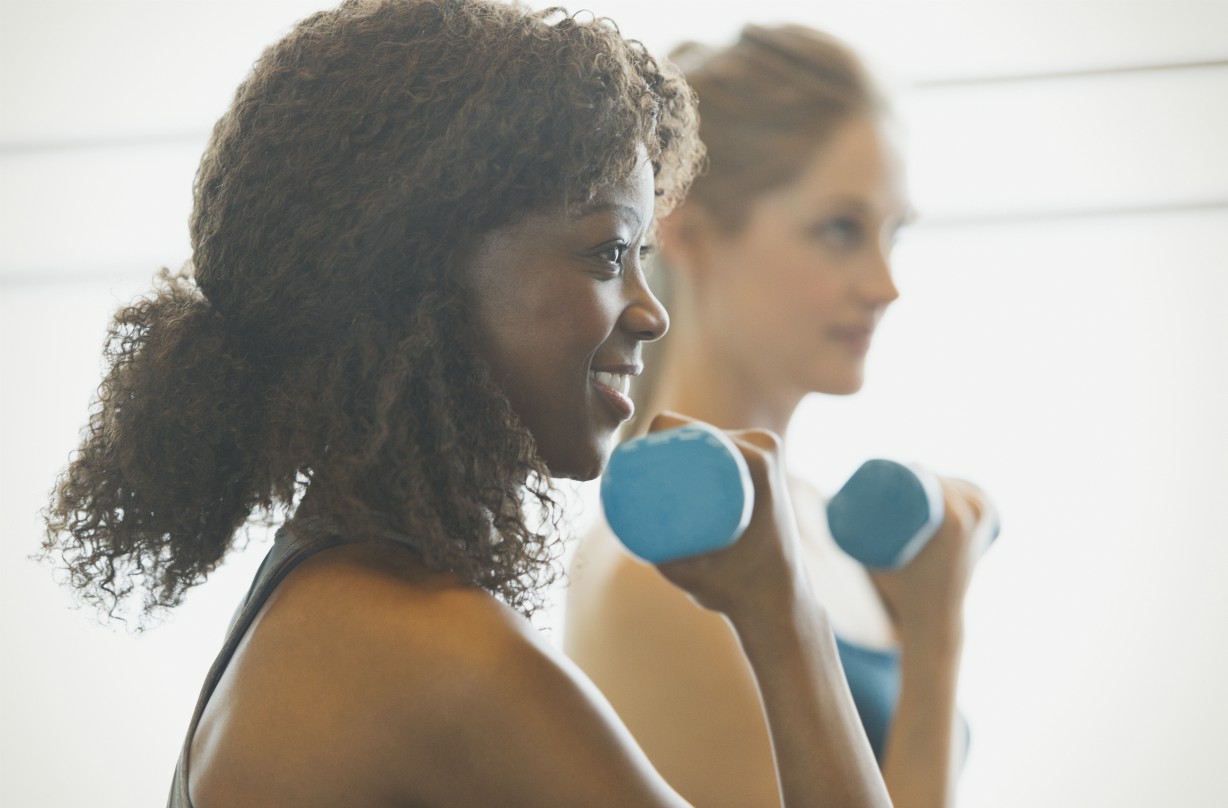
- Brisk walking
- Running
- Cycling
- 30-day fitness challenge
- Online HITT workout
Just 15 minutes of brisk walking can give your fitness levels a boost – the NHS even 10 minutes of "walking briskly can help you build stamina, burn excess calories and make your heart healthier." Try to keep your pace up so you cover at least one mile in that time. If you can’t maintain this speed at first try interval training, where you walk at your normal pace for two minutes, then speed up as much as you can for 30 seconds. Keep repeating the pattern for 15 minutes.
Cardiovascular exercise, such as running or cycling, can also boost your heart and lung function, improve your mood, and reduce the risk of heart disease. It could help you to sleep better too – a study published in Sleep Medicine revealed that regular exercise improves sleep and quality of life in adults.
Take part in a 30-day challenge
If you're interested in learning how to perform a particular exercise or move properly, taking on a 30-day challenge is a great way to track your results and feel good once you start gaining more strength and fitness. Personal trainer, Jade Hansle, says: "I love helping women gain confidence in the gym. As a pre and postnatal specialist (and mum-of-two), I understand the importance of staying fit during and after your pregnancy." We have a range of challenges to choose from to work different muscles in your body, including:
- Your 30-day guide to mastering the perfect squat
- How to do a push-up
- Burpees for beginners
- The 30-day plank challenge
Joe Wicks' AKA Body Coach plan
Joe Wicks, AKA The Body Coach, has a fantastic YouTube channel – The Body Coach TV – where you'll find a host of workouts to get you stronger, fitter and healthier. As the nation's favourite PE teacher, he also has a series of workouts designed especially for kids. The short, energising workouts on the New Kids Workouts playlist will get your children moving at home, in the garden or even in the classroom. Joe Wicks is all about eating delicious food that's good for you too, and the best Joe Wicks cookbooks include Joe's Family Food: 100 Delicious, Easy Recipes to Enjoy Together and Lean in 15 – The Shift Plan: 15 Minute Meals and Workouts to Keep You Lean and Healthy which are excellent resources.
GoodtoKnow Newsletter
Parenting advice, hot topics, best buys and family finance tips delivered straight to your inbox.
Dr Michael Mosley's HIIT workout
Think you'll struggle to find 15 minutes for a workout? Then you'll be pleased to hear Dr Michael Moseley has also created Fast Exercise (Amazon, £9.99) – a routine that can be carried out in just 10 minutes, and it looks easy to stick to. Along with journalist Peta Bee, Dr Moseley's book explains how adding HITT (High Intensity Training) into your day can boost your fitness and wellbeing. These exercises include: cycling, running, cross-training, swimming, rowing and skipping. There are a range of different patterns you can follow with the Fast Exercise regime, but it's good to mix them up a little so your body doesn't get used to the exercise.
- 40 seconds' hard exercise: The lightest of the suggested routines involves 40 seconds of hard exercise ('hard exercise' literally means pushing yourself as hard as you can!), then the intervals at a slower pace. You will need to warm up, but will then carry out 20 seconds of hard exercise, followed by a rest at a slower pace and then another 20 seconds of hard exercise. Good activities to take up here are cycling, swimming, running or if you're at work or home all day, try running up the stairs.
- 30-second sprinter: The next step up involves sprinting on a bike, running or any other hard exercise for four 30-second bursts. You'll need to warm up and then do gentle exercise in between for three minutes this time to ensure your heart gets up to speed then slows again, giving an effective workout!
- 60-second workout: It's getting much harder now! The third regime tells you to sprint for 60 seconds at a time with 90 second breaks in between. During these breaks, you will need to continue exercising, but walking instead of running is fine, for example.
- Fat Burner: Designed specifically to shed the pounds rather than pushing your lungs to capacity, the Fat Burner routine uses much shorter bursts of exercise - just eight seconds at a time, followed by a 12-second rest. You'll need to follow this pattern for a maximum of five minutes then gradually build it up over time to 20 minutes.
- 4-minute pelter: The 4-minute pelter has no breaks - you just hammer one of the activities on full sprint for four minutes after warming up. Not for the faint-hearted!
- Fast ladder: The Fast Ladder will build strength and can be used alongside any of the activity-based regimes. Choose four exercises from squats, jumping jacks, press ups, abdominal crunches, step ups on chair, tricep dips, plank, high knee running, side plank, lunges, shuttle runs and repeat each ten times, then nine times and reduce until you're only doing each once.
To reduce stress
Box breathing is an excellent method to slow down and calm your nervous system. Breathing exercises and meditation can help reduce stress and anxiety, and may also help lower blood pressure and improve your happiness and wellbeing. "Your breath is the primary interface between your mind and body, and the way you breathe changes automatically in response to stress," explains Vanessa Michielon, PHD, yoga and dance lecturer in Higher Education and founder of the Transformative Movement Method.
- Breathe out slowly to the count of four
- Keep your lungs empty for the count of four
- Breathe in slowly to the count of four
- Keep your lungs full for the count of four
- Repeat this pattern for five to 15 minutes to help calm you
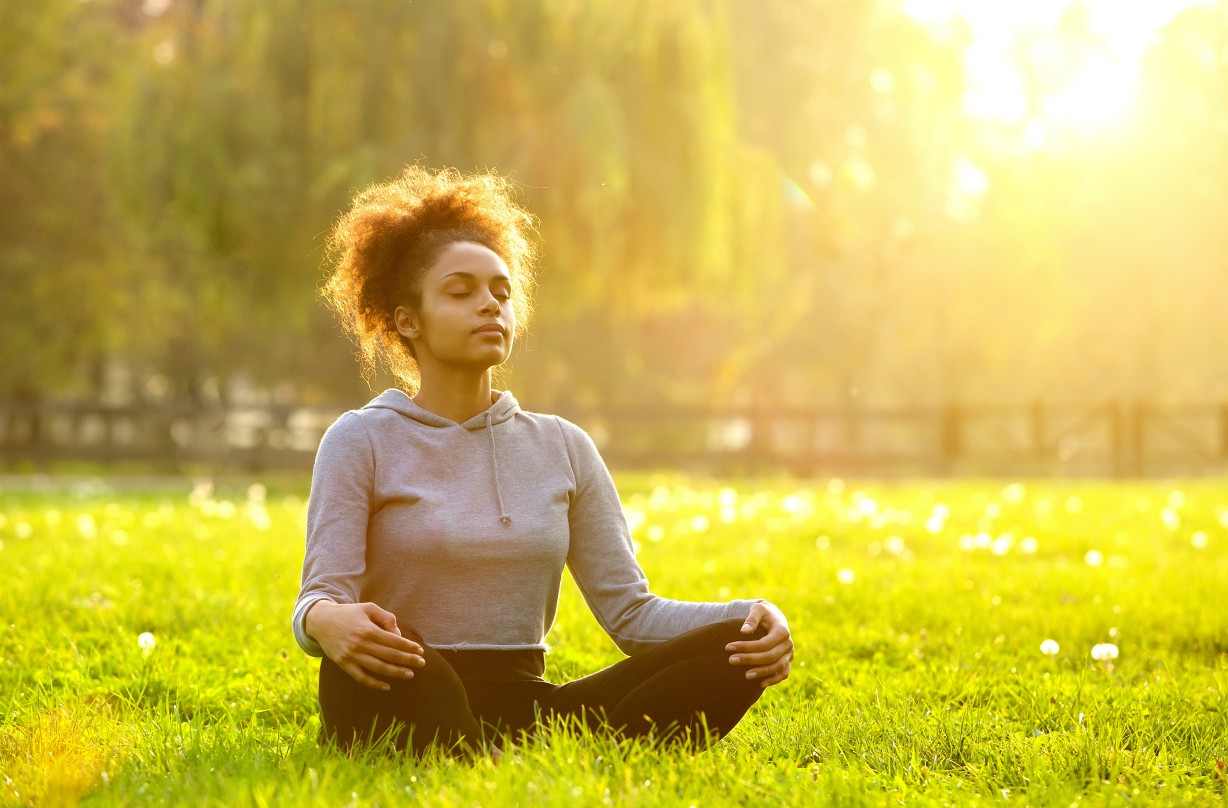
Think back to a time when you were stressed. You probably felt your breathing getting faster, and perhaps more shallow, but as you started to relax, you breath became slower and your diaphragm was able to move freely. Vanessa tells us: "By learning how to consciously control your breath, slowing it down and deepening it, you have the opportunity to alter your entire physiology, communicate to your brain that you are safe and induce a relaxation response. Slow breathing, with a focus on the diaphragm, stimulates the vagus nerve, which activates the parasympathetic (rest and digest) state of your nervous system and helps counteract the stress response, shifting you into a calmer state."
Breathing exercises also enhances your heart rate variability (HRV), which is considered a good indicator of psychological resilience – and a higher HRV is even associated with lower stress levels and improved emotional wellbeing. A review published in the National Center for Biotechnology Information found that HRV may have greater cardiovascular fitness and enable you to be more resilient to stress. Vanessa continues: "Meditation alters the state of your mind to calm your body by strengthening the attentional networks in your brain (especially the prefrontal cortex) and regulating your emotions. By reducing the intensity of your mental distractions and training, your brain can focus on the present moment experience through a mantra, object or visualisation, as it helps you create a buffer between your stress triggers and your response, so the negative impact of your thoughts is significantly reduced."
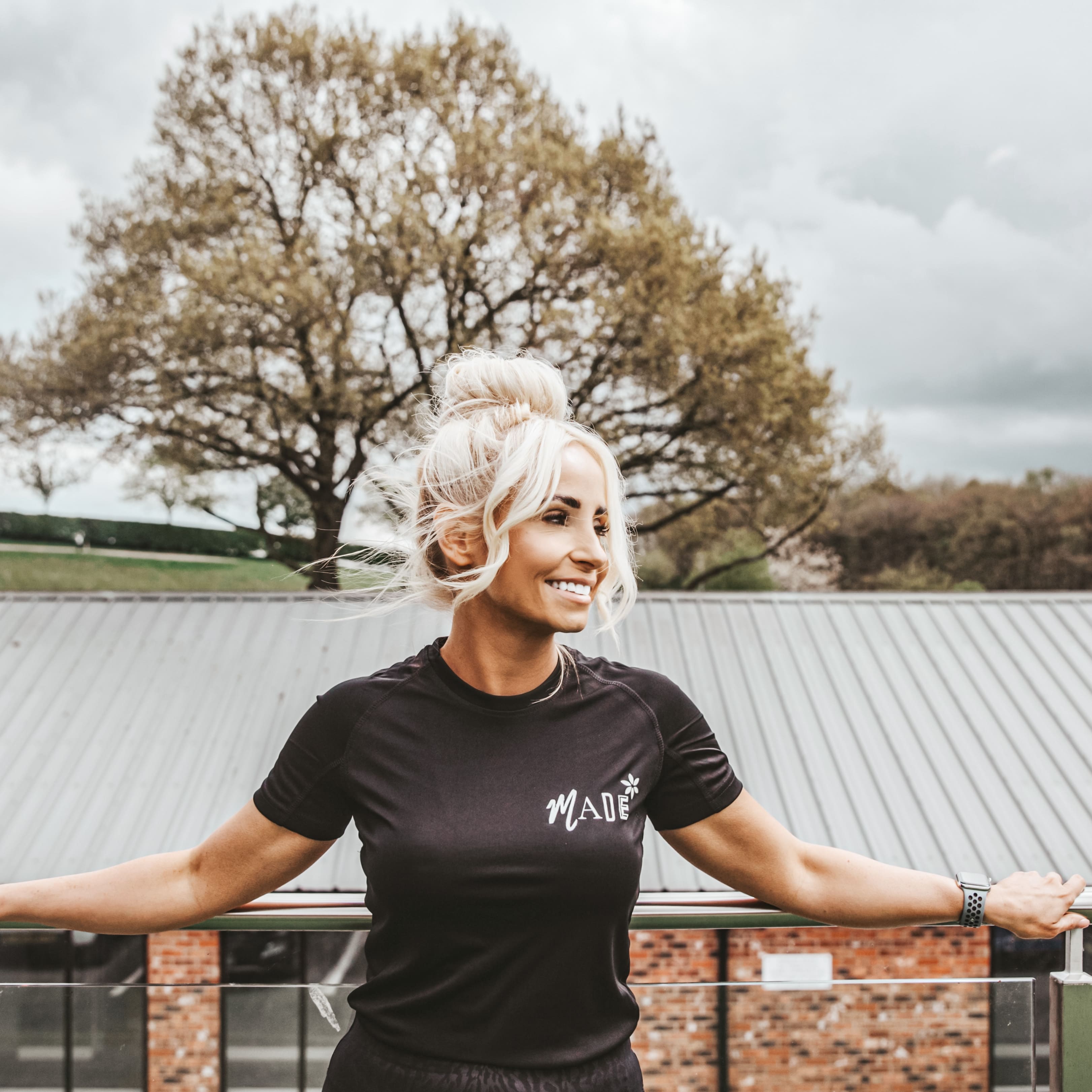
Penny Weston is a highly-regarded fitness, wellness and nutrition expert, and the director of Moddershall Oaks, a country spa retreat. Penny is also the Director of MADE, a wellness centre based at the spa retreat offering memberships, yoga, retreats and a healthy vegan café. Her online wellness platform, MADE on Demand, was born shortly after, and is available for individual users and for businesses, with a video library including fitness, yoga, meditation, nutrition, recipe and self-care videos. Penny is passionate about promoting a realistic, balanced healthy lifestyle and is dedicated to helping others improve their mental wellbeing and energy levels.

Vanessa is a Yoga and Dance Lecturer, certified Pilates and Barre coach and professional dancer, with more than 13 years of teaching experience and over 30 years of movement studies under her belt. Vanessa is also founder of the Transformative Movement Method, empowering people of all walks of life to embrace Yoga, Pilates and Dance to improve their physical health and achieve a balanced state of mind. More recently, she's created and curated her very own signature method drawing inspirations from yoga, Pilates, barre and somantic movement practices. This movement based way of working out not only fires up the muscles in your body, but also stimulates your mind and its wellbeing.
Continue reading

From building healthy family relationships to self-care tips for mums and parenting trends - Daniella also covers postnatal workouts and exercises for kids. After gaining a Print Journalism BA Hons degree and NCTJ Diploma in Journalism at Nottingham Trent University, Daniella started writing for Health & Wellbeing and co-hosted the Walk to Wellbeing podcast. She has also written for Stylist, Natural Health, The Sun UK and Fit & Well. In her free time, Daniella loves to travel, try out new fitness classes and cook for family and friends.
